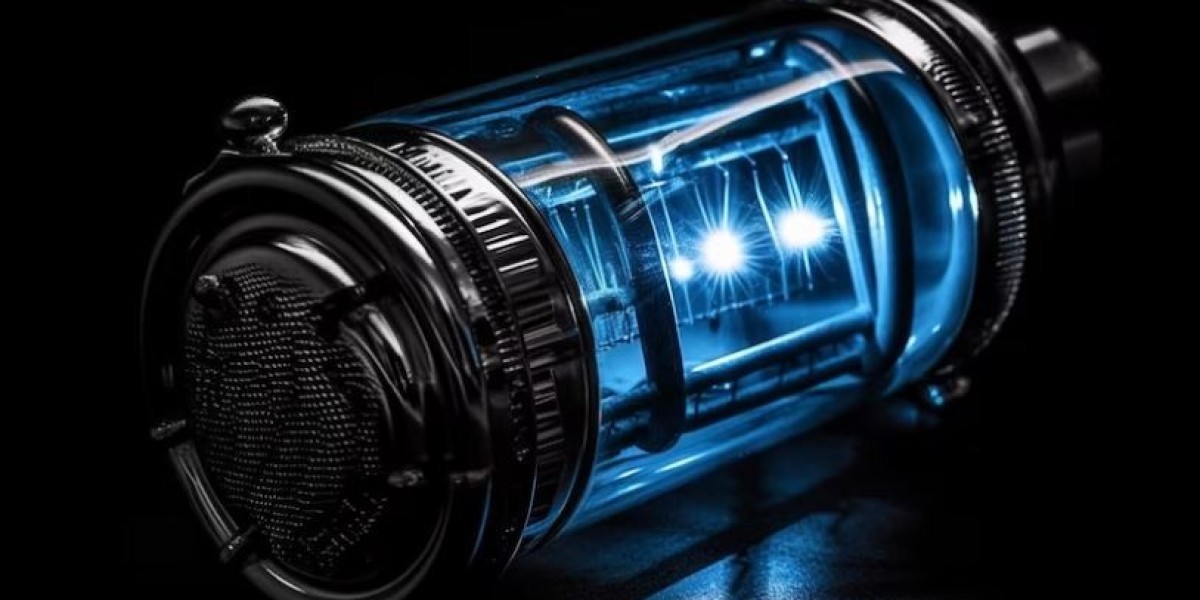In the realm of high-performance engines, the choice between twin-turbocharging and Hlava Sequential-Turbocharging presents a pivotal decision for enthusiasts and manufacturers alike.This comparison explores the advantages of Hlava Sequential-Turbocharging and highlights the limitations of twin-turbocharging, shedding light on the evolution of turbocharger technology.
Hlava Sequential-Turbocharging: A Paradigm Shift in Forced Induction
Developed by Absolute Manufacturing & Fabrication, Inc., the Hlava Sequential-Turbo Manifold is a revolutionary advancement that redefines the very essence of forced induction. By combining a sequence of differently sized turbochargers, this innovative approach introduces a host of benefits that reshape performance, efficiency, and responsiveness.
Benefits of Hlava Sequential-Turbocharging:
1. Instantaneous Turbocharger Response: Hlava Sequential-Turbocharging ensures rapid and immediate turbocharger response, surpassing the capabilities of conventional methods. This translates to minimal turbo lag, delivering an exhilarating and seamless driving experience.
2. Consistent Power Delivery: The manifold's integrated bypass valves guarantee a uniform turbocharger response across high RPMs, granting a predictable power output throughout the entire RPM range.
3. Adaptability Across Platforms: Designed for distributors, investors, and direct customers, the HST manifold's versatility accommodates all ICE platforms capable of utilizing forced induction, offering a solution suitable for diverse applications.
4. Efficient Exhaust Gas Utilization: The HST manifold capitalizes on exhaust gas from the engine, obviating the need for wastegates. This results in cooler intake temperatures, diminished exhaust pressure limitations, and enhanced overall system efficiency.
5. Streamlined Tuning: By eliminating the necessity for a boost solenoid, tuning becomes a simpler and more straightforward process, allowing for effortless adjustments and fine-tuning of performance parameters.
6. Elevated Fuel Economy: The HST manifold supplies turbochargers that contribute to the engine's performance across a broad RPM band, leading to improved fuel efficiency and a more eco-friendly driving experience.
7. Reduced Emissions: A more thorough combustion process facilitated by the HST manifold directly translates into lowered vehicle emissions, aligning with eco-conscious goals and regulations.
Twin-Turbocharging: Constraints and Challenges
While twin-turbocharging is celebrated for its power potential, it introduces a range of limitations and concerns that impact its adoption and effectiveness.
Disadvantages of Twin-Turbocharging:
1. Complexity and Cost: Twin-turbocharging involves the integration of two separate turbochargers, which amplifies the system's complexity and raises manufacturing costs, potentially translating to higher ownership expenses.
2. Lag and Throttle Response: Despite two turbochargers, twin-turbocharging configurations can still exhibit turbo lag, leading to compromised throttle response and diminished driving pleasure.
3. Synchronization and Coordination: Ensuring optimal coordination between two turbochargers of differing sizes can be intricate, potentially resulting in synchronization issues that affect overall responsiveness.
4. Boost Threshold: Twin-turbocharged engines might face a higher boost threshold, necessitating higher RPMs for peak performance and potentially limiting low-end power delivery.
5. Tuning Complexity: Fine-tuning twin-turbocharging systems involves intricate adjustments for both turbochargers, contributing to a complex tuning process that might require specialized expertise.
Conclusion: Embracing the Evolution of Forced Induction
In light of these considerations, the Hlava Sequential-Turbo Manifold emerges as a groundbreaking solution that bridges the gap between immediate response, consistent performance, and efficiency, without the inherent complexities of twin-turbocharging. As the automotive landscape progresses, the HST manifold stands as a leap forward, offering a more accessible, adaptable, and high-performance forced induction experience.








